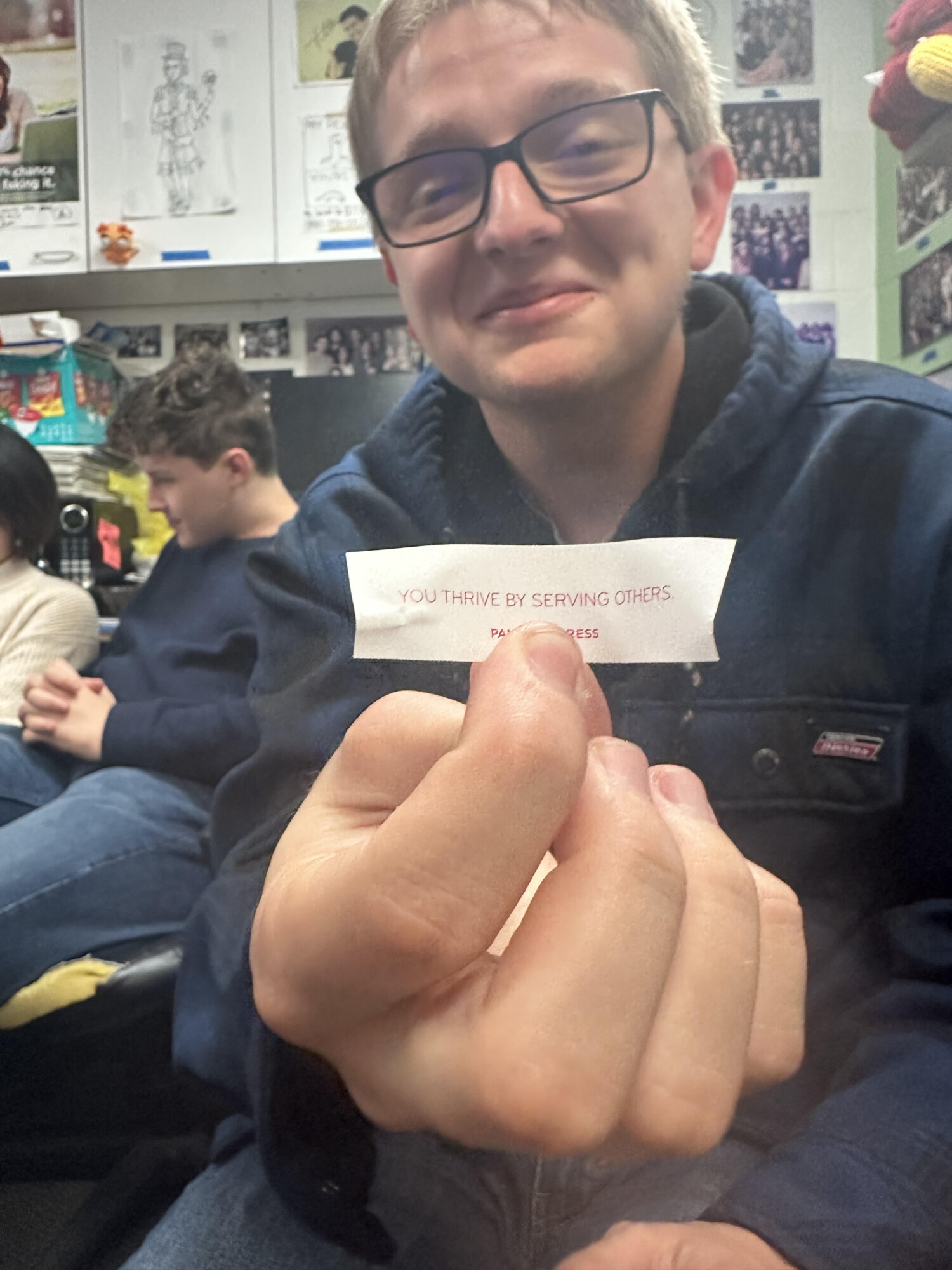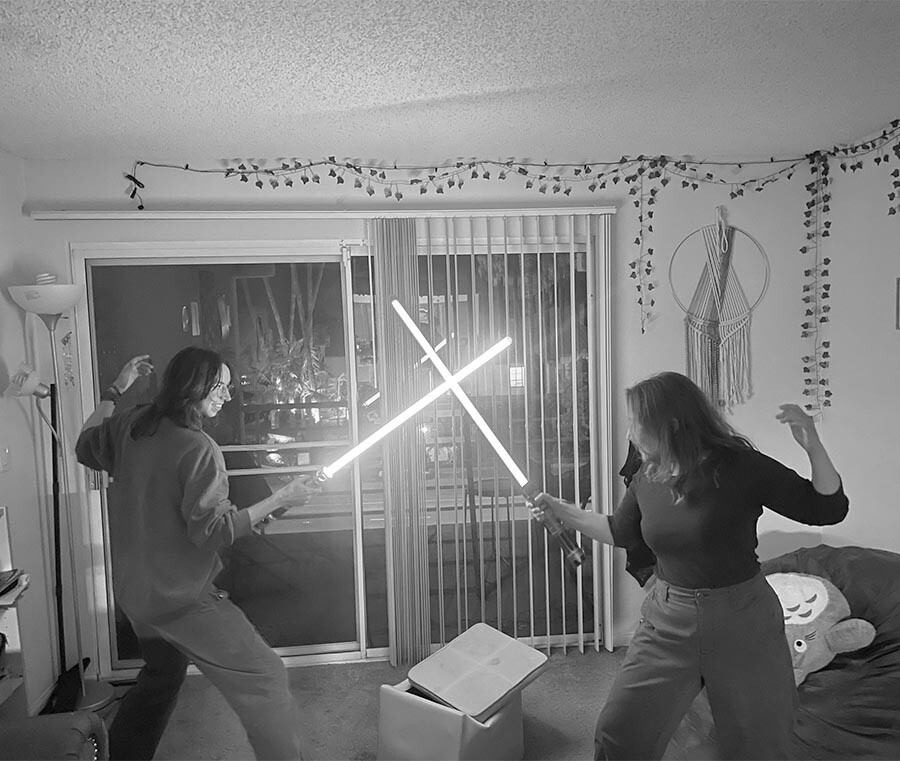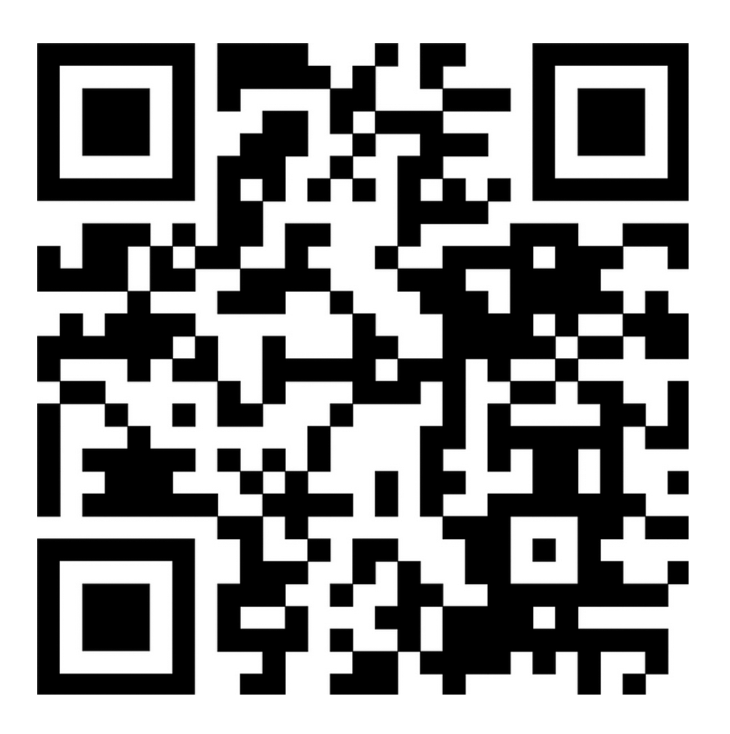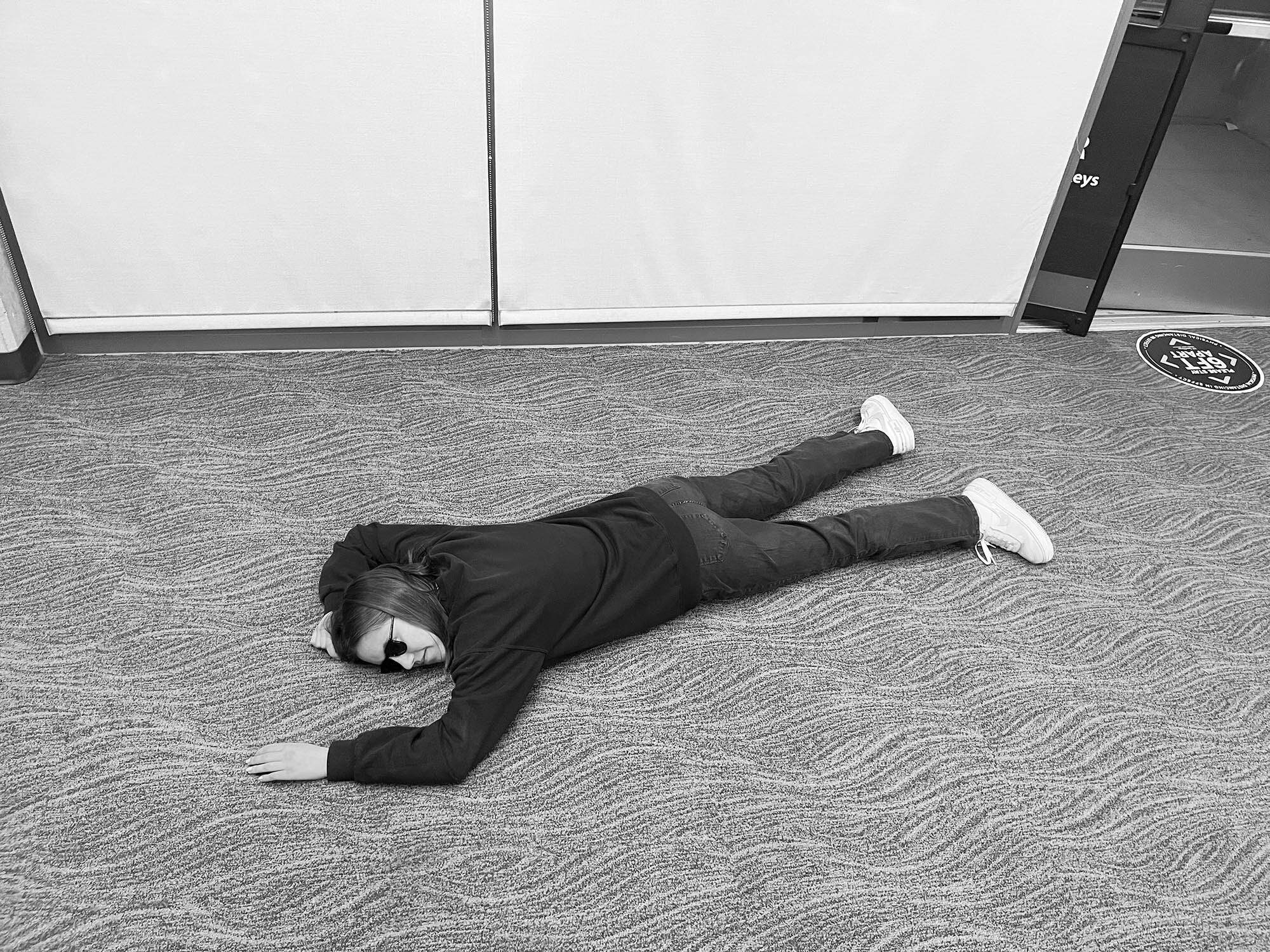Last Saturday, a janitor was cleaning out a closet and stumbled into a hidden chamber at Trinity College in Cambridge, England. Inside the chamber was an unfinished treatise by mathematician and physicist Sir Isaac Newton, an addendum to Philosophiæ Naturalis Principia Mathematica with a hitherto-unknown Fourth Law. The janitor, Lucas Weeping, was immediately flown to Stockholm, Sweden to receive the Nobel Prize in physics.
“The discovery of a Fourth Law has reshaped the way we view the universe,” said physicist Columbo Sonalis. “The Fourth Law has solved several of the longstanding problems in physics today with ease, showing us once again how ahead of his time Newton really was.” Sonalis plans to use the Fourth Law to tackle quantum tunneling, which would allow particles to travel through barriers that would classically reflect them. With the addition of Newton’s Fourth Law, Sonalis says he “will soon be able to tunnel [himself] through a two-centimeter-thick wall.” Although his repeated experiments have failed, Sonalis proclaimed, “No matter how many times I have to break my nose, I will not stop running into this wall until I tunnel straight through it!”
Other scientists are attempting to utilize Newton’s Fourth Law in more successful ways. At Stanford University, a team of scientists led by Dr. Vector Frenkensten applied the Fourth Law to their experiment on cell preservation. They successfully kept a Neutrophil cell alive for more than a month, which is over 15 times the average lifespan of those cells. “After the success of this early experiment, we plan to scale our project to the entire body,” said Frenkensten. “If our experiment goes according to plan, the average human lifespan should at least double. I’m sure it will work, when has a bio experiment ever gone wrong before?”
By far the most anticipated experimental results are those being processed at the CERN Large Hadron Collider in Switzerland. After hearing of the Fourth Law’s discovery, physicist Cherry Nocteir was inspired to solve one of the biggest questions in physics today: dark energy. After analyzing hours of data from experiments utilizing the Collider, Nocteir believes she has finally identified the illusive force. “After I read about Newton’s Fourth Law, I immediately knew why my earlier experiments attempting to find dark energy had failed,” said Nocteir. “I needed to collide much bigger objects than the subatomic particles I had been smashing together!”
Although Nocteir’s results seem conclusive, not everyone is a fan of her methods. “Sure, it’s great that we now know that ‘dark energy’ is actually the energy of adorable things,” said graduate student Deepan Darawalla. “But did Dr. Nocteir really have to sacrifice all those baby pandas and puppies to prove her results?”











